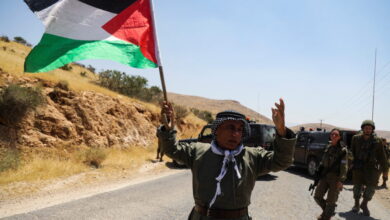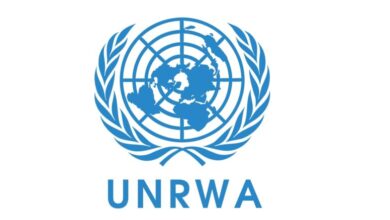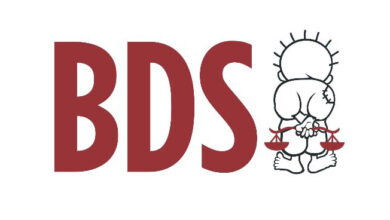The Palestinian Nakba of 1948: The Indomitable Right of Return and the Devastating Impact of Israel’s Establishment
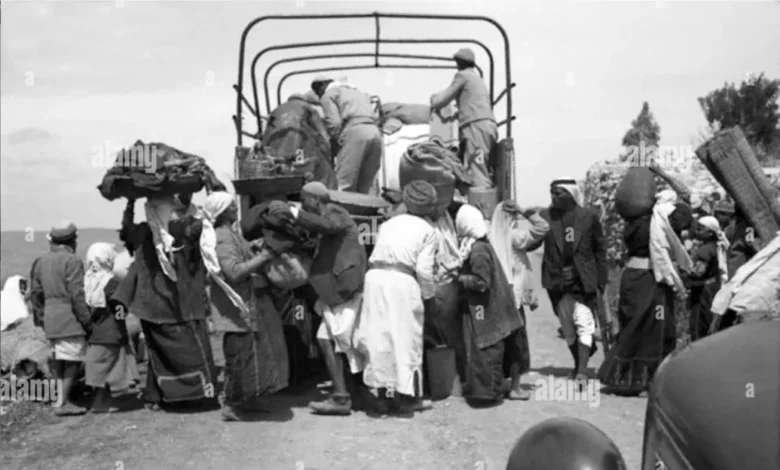
1948: The Balfour Declaration and the Palestinian Nakba – How the Story Began
The year 1948 marks a turning point in Palestinian history, as it represents the pivotal moment when a Jewish homeland was officially declared on Palestinian land, following the infamous Balfour Declaration. This promise, made in 1917, involved a letter from British Foreign Secretary to Lord Lionel Rothschild, a prominent leader of the Zionist movement, laying the groundwork for the establishment of Israel. The declaration facilitated Jewish immigration, the expulsion of Palestinian residents, the destruction of villages, and mass atrocities, ultimately leading to the official creation of Israel in 1948.
However, this did not happen without warning. A series of strategic plans and conspiracies culminated in the execution of the Balfour promise, resulting in the displacement of thousands of Palestinians from their homes and lands, labeling them as refugees—a title that has stayed with them ever since. But before diving deeper into the Nakba and its aftermath, it is crucial to ask: What was Palestine like before the occupation? What was life, culture, and the economy like? And why did it become such a significant target for Israel?
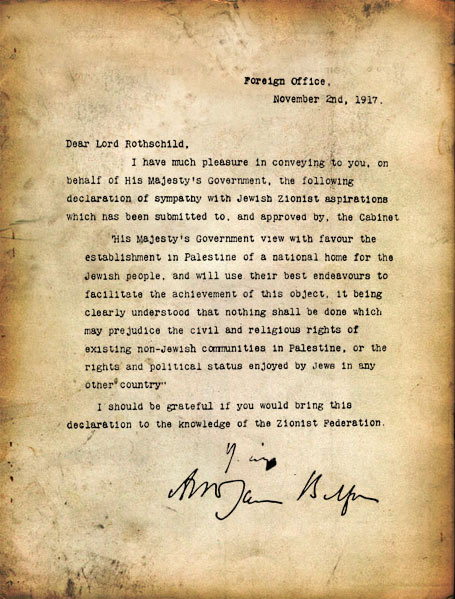
Palestine Pre-Nakba : Life Without Occupation
Before 1948, Palestine was home to a diverse population of Arabs, Jewish, and Christians, as all groups had religious ties to the area, especially the city of Jerusalem The land itself was under the control of various empires, such as the Assyrians, Babylonians, Persians, Greeks, Romans, Byzantines, and eventually the Islamic Caliphate and the Ottoman Empire.
Before the Nakba, Palestine had a strong banking system and a vibrant trade movement, along with diverse and fruitful agricultural production. The region attracted workers from various Arab countries to work in different sectors.
Agriculture was the primary source of livelihood, as Palestine was famous for producing various vegetables, fruits, citrus, cotton, and olive oil. The agricultural production not only met local needs but also surplus was exported abroad. Most farmland was managed by Palestinian farmers, with olive trees, prickly pears, and pine trees being among the most notable crops in Palestine’s fertile lands.
During the British Mandate, the agricultural sector was the main area for implementing public policy. By the end of the British Mandate, the total area cultivated by Palestinian farmers—excluding citrus farms—was about 5,484,700 dunams, while the 300 Jewish settlements could not cultivate more than 425,450 dunams.
Industry also played a significant role in the flourishing Palestinian life before the Nakba. The most notable Palestinian products included soap, leather, textiles, stone, marble, flour, and other agro-based industries. The Mediterranean coast allowed for a diverse supply of fish that was exported to countries without coastlines.
Additionally, trade flourished in Palestine due to the presence of railways that helped boost internal and external commerce. The main railway lines extended from Qantara in Egypt to Haifa in Palestine, and from there to Beirut. There were also branches serving several cities such as Jaffa, Jerusalem, Acre, and Marj Ibn Amer.
The history of aviation in Palestine is rich with significant developments that highlight the region’s strategic importance during the British Mandate.
One of the key moments was the establishment of Lydda Airport (now known as Ben Gurion Airport) in 1936 by the British during their occupation of Palestine. This airport was among the first in the Middle East and played a vital role in the growth of air travel in the region.
Despite the challenges faced by Palestinian aviation after Nakba, the legacy of airports like Lydda and Qalandiya remains important. They symbolize the advancements made in air travel during the British Mandate and serve as reminders of the region’s rich aviation history.
Today, as discussions continue about Palestinian statehood and rights, the story of these airports reflects the broader narrative of Palestinian resilience and their ongoing quest for recognition and independence.
The British Conspiracy Pre-Nakba : “A Land Without a People for a People Without a Land”
Leaders of the Zionist movement argued for their right to establish a Jewish homeland, spreading the idea that they were returning to “a land without a people” (Palestine) for “a people without a land” (the Jews). Key figures who promoted this idea included Israel Zangwill and Theodor Herzl. Following the Balfour Declaration, the British began making arrangements to implement this vision, leading up to the Nakba. Let’s look at a timeline of key events:
- 1918: The British occupied Palestine, with 50,000 Jews living there at the time.
- 1920: Britain appointed the first High Commissioner in Palestine, a Jew named Herbert Samuel.
- 1942: The Zionist Congress was held in New York, where a decision was made to turn Palestine into a Jewish state, gaining support for the idea.
- 1945: British Foreign Minister Bevin announced that Jewish immigration to Palestine would continue, approving the entry of 100,000 more Jews.
- 1946: A plan was proposed to partition Palestine, with borders suggested by the Jewish community.
- 1947: Both Arabs and Jews rejected Bevin’s proposals, and the case was handed over to the United Nations, where discussions about partition began.
- 1948: Britain made the decisive move to end the Mandate and withdraw from Palestine, paving the way for the establishment of a Jewish state. This marked a turning point in Palestinian history.
The Nakba: Displacement and Massacres
The word “Nakba” means “catastrophe” and refers to the war that changed the course of history for Palestinians. It describes the tragic displacement of a large part of the Palestinian people from their homeland. Every year, on May 15th, Palestinians commemorate the Nakba, remembering the humanitarian disaster and forced displacement they endured.
Before the Nakba, Jewish settlers had already established 292 settlements on Palestinian land and formed military forces, including the Haganah, Irgun, and Stern Gang, with over 70,000 fighters preparing to declare a Jewish state.
On May 15th, 1948, Israel declared the establishment of its state on Palestinian land. The newly formed Israeli forces defeated the Arab armies and took control of around 77% of Palestine, which is about 20,000 square kilometers of its total 27,000 square kilometers. In the process, Zionist forces destroyed 478 Palestinian villages out of the 585 villages that existed in the occupied areas, and they committed 34 massacres.
According to recent studies based on United Nations archives, the Israeli occupation forces carried out over 30 documented massacres during the 1948 war in Palestine. These massacres included 24 in the north (Galilee), 5 in the central region, and 5 in the south. Some of the most notorious massacres were those of Deir Yassin, Al-Dawayima, and Tantura.
The Deir Yassin massacre
he Deir Yassin massacre took place on April 9, 1948, when two Zionist groups, the Irgun and the Stern Gang, with support from Palmach forces, attacked the village. Many victims, including women, children, and the elderly, were brutally killed.
By the end of 1948, about 700,000 Palestinians were displaced as Israel was established. The Deir Yassin massacre is viewed as a crucial event in Palestinian history, resulting in the deaths of around 250 Palestinians as part of a strategy to open the road to Jerusalem.
The Dawayima massacre
The Dawayima massacre was one of the largest and most brutal massacres of the 1948 war. Unlike Deir Yassin, it was carried out by organized military forces, resulting in about 455 documented victims, along with others who sought refuge in the village. Homes were destroyed with residents inside. In 1955, Israel established the Amatzia settlement on the village’s ruins.
The Tantura massacre
By the end of May 1948, Tantura, which spanned 14,520 dunams, was reduced to ruins, with few remnants of its former identity. The village, home to over 1,500 residents, was left desolate.
On that tragic day, a massacre occurred, targeting unarmed civilians, especially men and boys over 14 years old, who were shot by soldiers. Approximately 280 people were killed, mostly men, with only 128 names recorded, while many others remain unknown.
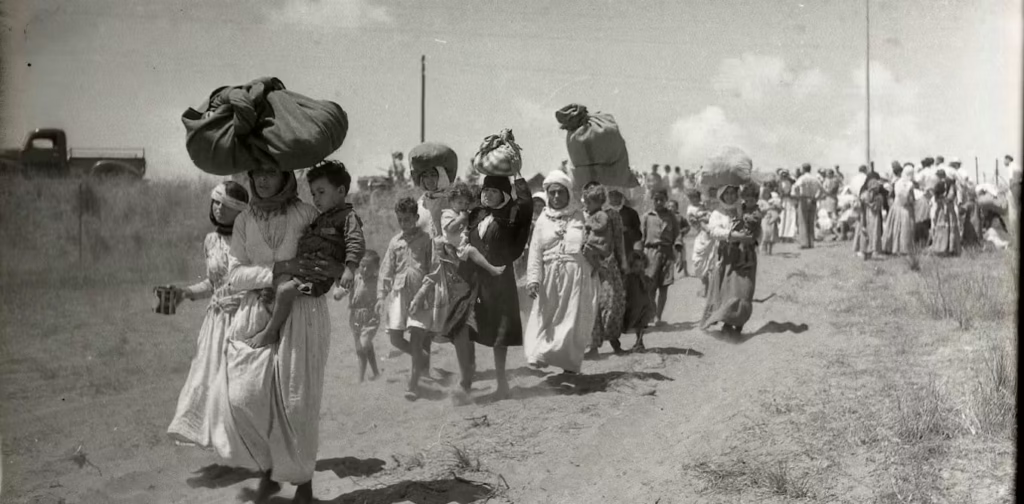
The Right of Return: Essential to Palestinian Identity
The Right of Return is a vital part of Palestinian identity. It is based on United Nations Resolution 194, which was passed in 1948. This resolution states that Palestinian refugees have the right to return to their homes and lands from which they were displaced during the Nakba. This right is not just about land; it represents the cultural and historical connection that Palestinians have with their homeland.
Millions of Palestinians still long for a state of their own, one that will protect their rights as Palestinians, and have yet to see an agreement be reached with Israel that would support their self-determination with integrity and dignity. The majority of Palestinians today are considered refugees. Not addressing the issue of their refugee status and how they became refugees makes it difficult for a just and lasting peace to develop between Israelis and Palestinians. Israel has yet to acknowledge the enormous loss suffered by the majority of Palestinians in 1948.
For many Palestinians, the Right of Return symbolizes their resilience and hope for justice. It highlights their desire to reclaim their identity and ensure that their stories are remembered. Recognizing this right is crucial for achieving lasting peace in the region
Millions of Palestinians still long for a state of their own, one that will protect their rights as Palestinians, and have yet to see an agreement be reached with Israel that would support their self-determination with integrity and dignity. The majority of Palestinians today are considered refugees. Not addressing the issue of their refugee status and how they became refugees makes it difficult for a just and lasting peace to develop between Israelis and Palestinians. Israel has yet to acknowledge the enormous loss suffered by the majority of Palestinians in 1948.
The Nakba represents a profound tragedy in Palestinian history, marked by the displacement of hundreds of thousands and the loss of homes and communities. Understanding the events of 1948 is crucial to grasping the ongoing struggles faced by Palestinians today. This historical event not only shaped the lives of those directly affected but also continues to influence the Palestinian identity and the quest for justice. As we reflect on the Nakba, it is essential to recognize its lasting impact and the resilience of a people determined to uphold their rights and heritage.

